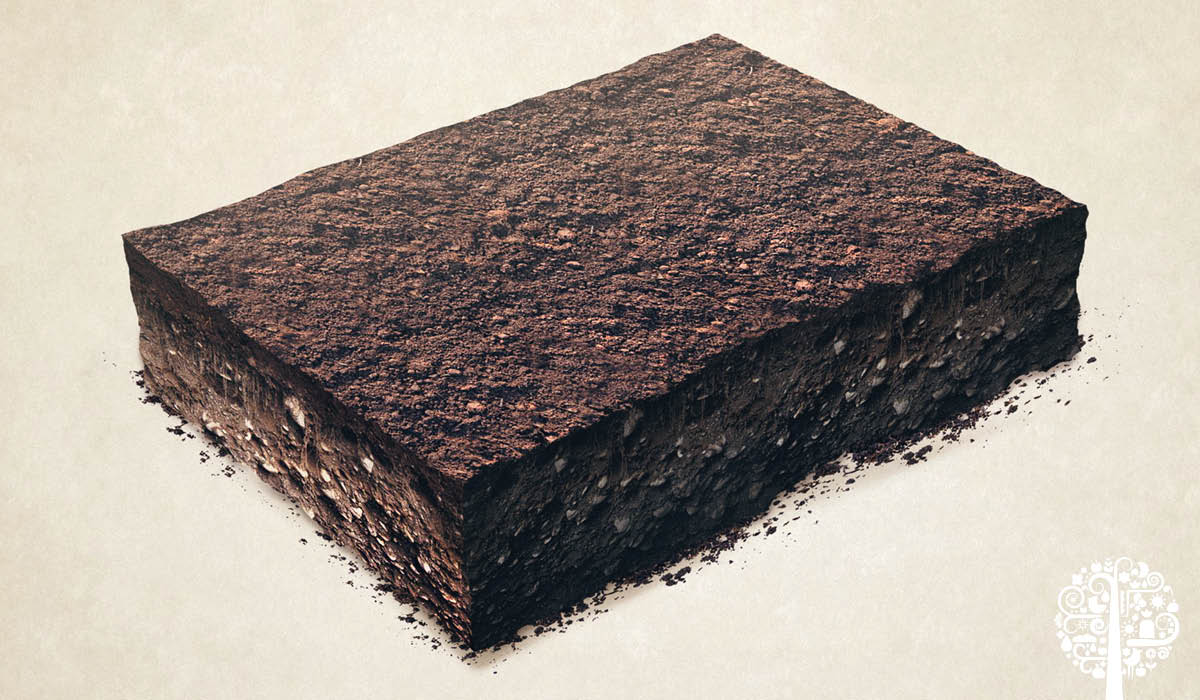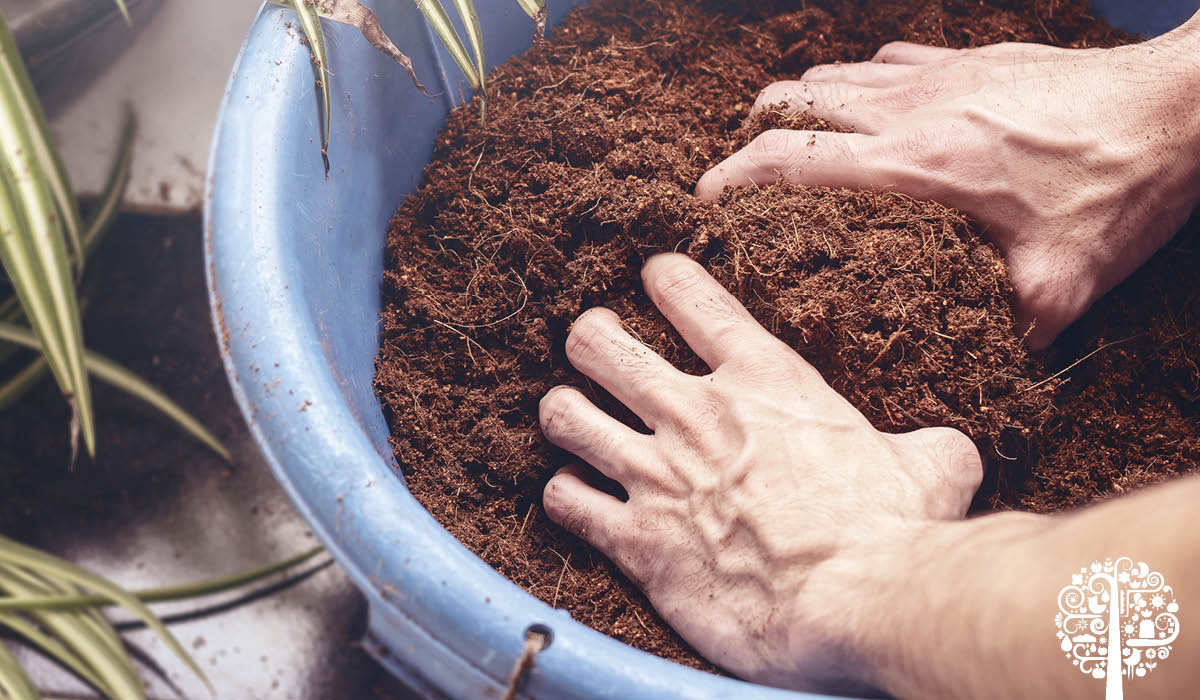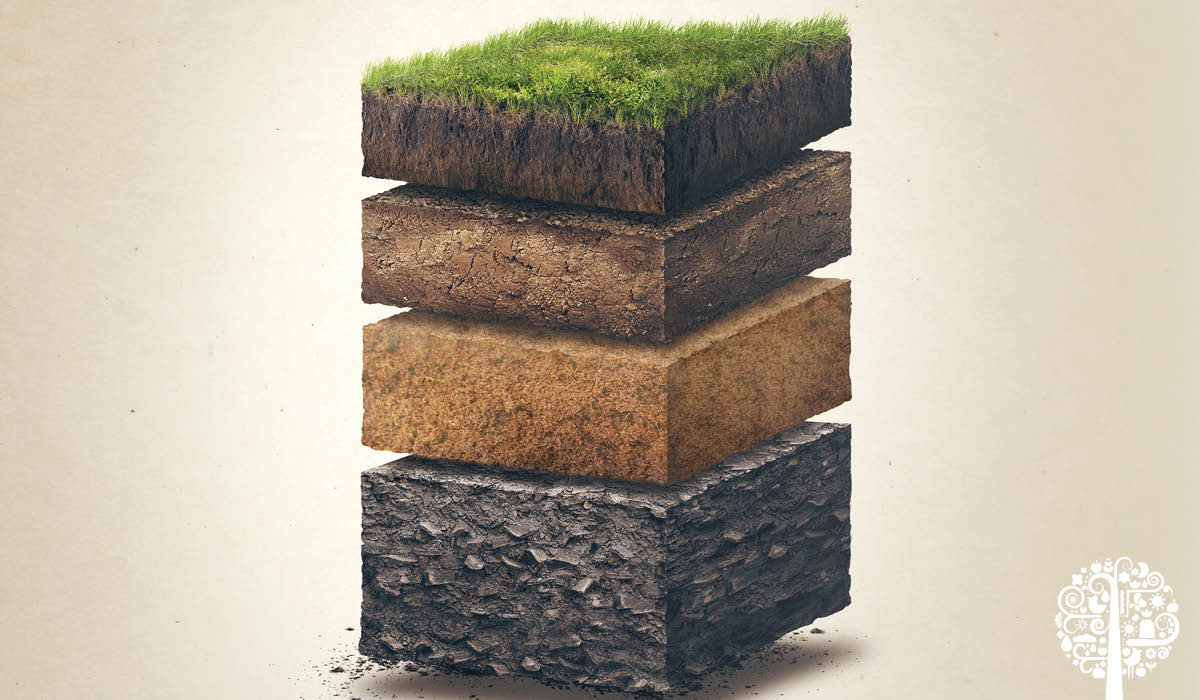Soil vs Substrates: How One Difference Changes Everything
Plants evolved over 600 million years ago into a microbial world. Their roots extended into soils teeming with microbial life. As early civilizations evolved and started cultivating crops around 11,000 years ago, societies relied heavily on natural soil life to support their crop success. Healthy soils supported agriculture since the beginning. This remained relatively unchanged until the latter 19th century.
The primary function of any substrate (soil, peat, and coco) is to allow plants to anchor their roots and support lateral growth. Just in the last 50 years, modern farming practices have started readily adopting inert, soilless media such as coco and peat into their precision agriculture management practices.
The different properties between soil, peat, and coco substrates make a massive difference for plant growth. Let us start with quick definitions:
Soil
Soil is derived from mineral erosion and comprises five main constituents: minerals, soil organic matter, living organisms, gas, and water. The mineralogy and texture of soils across different geographies are diverse. Soil minerals are divided into three particulate classes: sand, silt, and clay. The percentages of these particles define soil texture. Soil texture significantly influences cation exchange (CEC), water holding capacity and water infiltration properties. In nature, microorganisms are abundant in soil and function to cycle the macro and micro-nutrients stored in soils, ultimately supporting plant nutrient uptake. As any old-school farmer will tell you, ‘you do not need to grow plants; you need to grow your soil’.

Both peat and coco substrates are referred to as soilless and inert growing media. Soilless media is simply used to retain moisture and provide plants with a place to anchor their roots. These types of substrates contain no nutrients and require intensive fertigation to support plant growth.
Peat substrate
Peat is a spongy substance that consists of plant residues formed from different stages of decomposition. The quality of peat used for agriculture and horticulture practices is determined by parameters such as ash content, pH, carbonates, bulk density, and porosity. In general, peat is thought to be less porous than coco and thus has a relatively higher water-holding capacity. However, increasing concern over the environmental impacts of removing peat from natural peat bogs in Canada and Europe has led some scientists and regulators to discourage the use of peat. The extraction of peat for agricultural purposes requires removing the living surface of native peat bogs to reach the usable layers beneath. This is an environmental concern because mining this peat removes layers that can take centuries to reestablish.
Coco Substrates
Coco is composed of organic fiber by-products from dried coconut husks. Coco substrate has relatively high porosity and water infiltration compared to most peat. The quality of coco is determined by consistency in particulate size, washing after harvesting, and intensive ion buffering.

You can use almost any media with great success. However, it is a grower’s job to understand growth media properties to adjust for any ‘gaps’ as needed to provide plants with everything they need to be successful. For instance, soilless substrates generally have more ‘gaps’ than soil. Luckily, you can amend any soil or soilless media to develop a highly functional plant growth substrate.
Field Experience – 2018
In 2018, when I was traveling through South America visiting farms, a grower friend Juan in Montevideo, Uruguay, asked me to check out his grow. He told me he was experimenting with growing plants using organic vs synthetic practices.
In Juan’s grow experiment, he grew 60 plants of the same strain in the same room using the same water source. Thirty plants were grown in pots using coco substrate and salt nutrients, and the other 30 plants were grown using organic soil and organic nutrients.
By the last week of the flowering cycle before harvest, there was one clear difference between the coco vs soil-grown plants: absolutely everything. The organic/soil-grown plants were very sticky, the flowers were dense and smelled (and tasted) very terpy.
Conversely, the synthetic/coco-grown plants were not sticky, the flowers were not as dense as the soil-grown plants, and the flowers, in general, smelled like hay compared to the organic/soil-grown plants. This indicated (to me) that the plants grown using organic/soil practices were taking up ‘something’ from the substrate that they greatly needed to maximize their quality much more than the synthetic/coco-grown plants.
Field Experience – 2021
Fast forward to the summer of 2021. Our group conducted a plant growth experiment in one of our ongoing plant trials. We used coco substrate and a simple synthetic A B nutrient base across all plants in this experiment.
In the treatment plant groups, we applied different soil microbial and/or organic additives into the weekly fertigation regime along with the synthetic nutrients. By the end of the experiment, the plants grown with microbial and/or organic additives had a similar outcome to the organic/soil-grown plants in Juan’s experiment: they were sticky, and their flowers were dense and terpy.

On the other hand, the synthetic/coco-grown plants were not sticky, the flowers were not as dense as the microbial and/or organic additive plants, and they had the same hay scent like the ones in Juan’s experiment. The results indicated that the plants grown using the microbial/organic additives took advantage of something in the substrate that helped them improve their quality over the synthetic/coco grown plants.
Similar Findings
I have heard similar findings from hundreds of growers across the world. Are microbial and/or natural additives the gap?
Remember, the soil is composed of the five main natural constituents that plants need to thrive. Soilless media does not have all these five constituents. Soilless media has some of the natural constituents of soil, but not all of them. Soil microbes (microscopic life forms) play a vital role in substrate function and fertility. Healthy soils contain beneficial microbes. Soil microbes provide a natural balance and functional stability to soils.
Simply put, healthy substrates should contain beneficial microbes. Adding natural microbes in your soilless substrate will balance and deliver what plants need to maximize their growth and quality. Microbes living in your substrate will engage with roots and provide essential inputs to your plants. Your substrate (soil or soilless) should be thriving with life. If your substrate is thriving, so will your plants!




